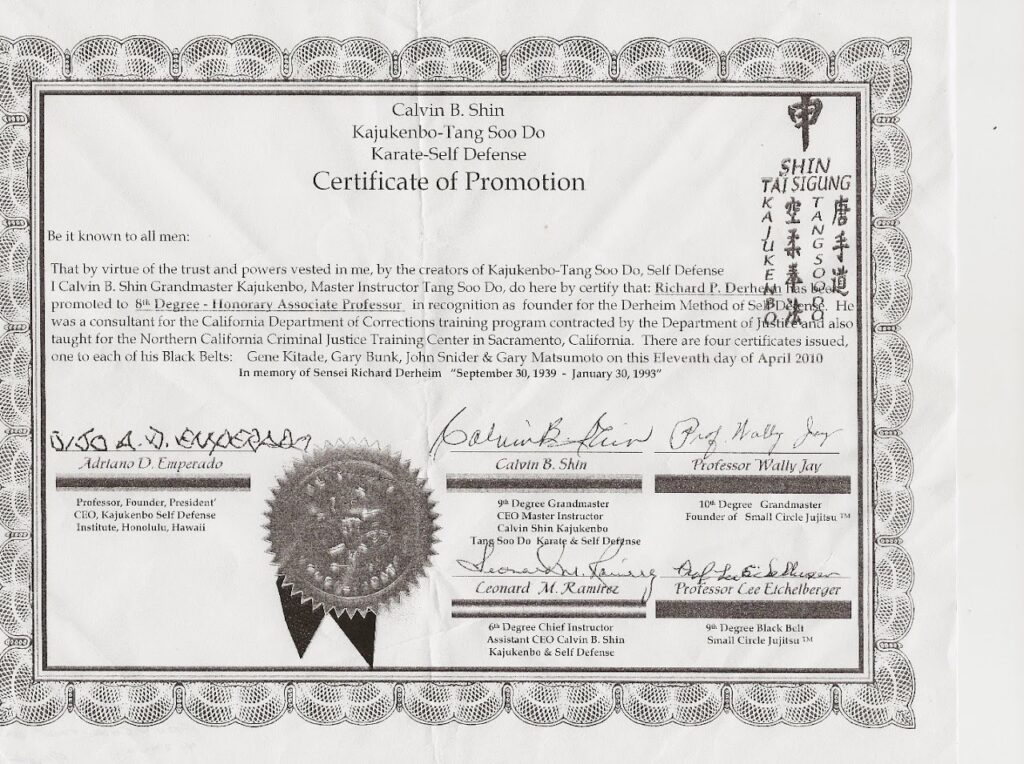We started teaching at the Koyasan Temple in late 1977. I met with then president Mas Sunahara about conducting weekly karate classes at the Temple’s newly constructed social hall. Mr. Sunahara kindly agreed to allow us in on a “trial basis.” At that time we had no idea we would enjoy such a supportive relationship that’s lasted over 33 years.
Over the years we have had the pleasure of instructing hundreds of students in the art of Shorin Ryu Karate. At times classes were conducted with only a few students. Fortunately due to the continual support of the Temple we’ve been able to offer the teachings of karate through the years. Through karatedo, I hope to continue to offer its teachings and strive to help all develop a sense that perfection of character is a life long endeavor.
-Sensei Gary Matsumoto, 2010
History of Okinawa
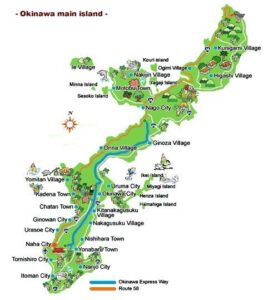
The knowledge of Shorin-Ryu Karate has been passed down by Instructors that originated in the Japanese prefecture of Okinawa. Below is an exerpt from the book “Okinawan Karate by Mark Bishop – 2nd Edition”. The research for this book is based partly on oral history from interviews.
In the 14th century the island of Okinawa was ruled by several feudal lords (anji). Divided into three states of Hokuzan (north), Chuzan (middle), and Nanzan (south). The three Kingdoms were united in 1429 under Sho Hashi who made his capital at Shuri. Sometime later another ruler, Sho Shin (1477-1526), put a stop to feudalism forming a Confucianist state and made anji move to Shuri. He placed ban on wearing of swords and made the private ownership of arms in large quantities illegal. The Kingdom of Ryukyu expanded and prospered through trade with China (mostly via Fuchou in Fukien Province), South East Asia, Korea, and Japan. Various clans or groups have impacted the Ryukyu islands and its peoples including the United States military establishment.
Karate on Okinawa
In 1609 “ti” was practiced for self-defense and as a personal means of self-development by the nobility. Tode may have started in the latter part of the 18th or early 19th century. A man named Kusanku (also Ku Shanku or Koso Kun) displayed his Chinese boxing and grappling skills. It appears that styles such as Goju-ryu originally called Shorei-ryu and Naha-te were based on Chinese boxing systems. The general style of Shorin-ryu are known to be a mixture of Tomari-te and Shuri-te.
The Shorin styles – Matsumura Orthodox Shorin-ryu
The beginnings of the “Shorin styles” originate with one man Sokon Matsumura (c. 1809 – 1901) from Yamagawa village in Shuri. As a youth, he learned “ti”, a martial art of the Ryukyuan kings, princes, and anji who lived in Shuri. Matsumura worked as a bodyguard to Ryukyuan kings. He visited Fuchou and Satsuma an an envoy on affairs of state. He studied in several Chinese boxing schools under military attaches Ason and Iwah. He also visited the Fukien Shaolin Temple.
Katas – “Hohan Soken told me that Nabe Matsumura taught him the Katas: Naihanchi Shodan, Naihanchi Nidan, Naihanchi Sandan, Pinan Shodan, Pinan Nidan, Passai Sho, Passai Dai, Chinto, Kusanku, Gojushidho, Sesan, Rohai Jo, Rohai Chu, Rohai Ge, and Hakutsuru”. Soken also learned weapons: Sai, Kama, Kusarigama, Tuifa, Suruchin, and Nunchaku from Nabe Matsumura.
More about Soken (1889 – 1982): In 1920, Soken emigrated to Argentina where he worked as a farm labourer. He returned to Okinawa in 1952 and started teaching karate, calling his style Matsumura Orthodox – Shorin-ryu. Soken has visited the USA with his student Fusei Kise. Soken has said that Shorin-ryu is a ‘natural style’ that is taught according to each individual student’s attributes. He has also said that when he was a young man karate practitioners could, on the permission of their teachers, visit other masters to learn their specialities.
___________________________________________________________________________
Additional notes: Yoshimatsu Akamine was a lifelong student of Hohan Soken from his teens until Master Soken’s death in 1982. Charles Garrett was also a direct student of Soken Sensei in 1970-1972 during his time stationed in Okinawa.
Koyasan Temple Karate Lineage
1797-1889
Sokon "Bushi" Matsumura
1797-1889
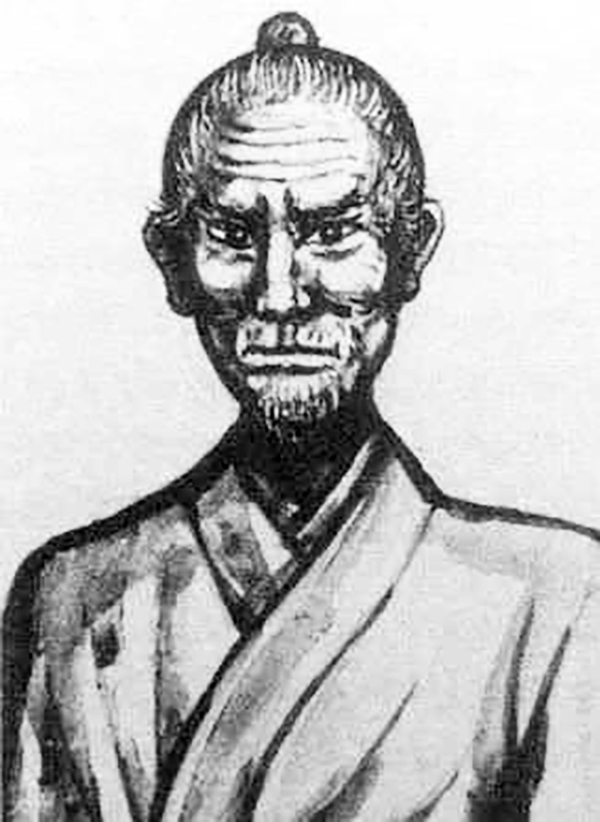
Matsumura Sōkon was born in Yamagawa Village, Shuri, Okinawa. Matsumura began the study of karate under the guidance of Sakukawa Kanga.[3] Sakukawa was an old man at the time and reluctant to teach the young Matsumura, who was regarded as something of a troublemaker. However, Sakukawa had promised Kaiyo Sōfuku, Matsumura Sōkon’s father, that he would teach the boy, and thus he did. Matsumura spent five years studying under Sakukawa. As a young man, Matsumura had already garnered a reputation as an expert in the martial arts.
1860-1930
Nabe Matsumura
1860-1930
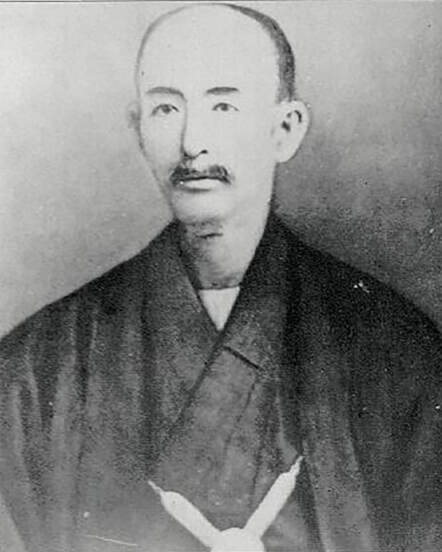
Nabe Mastsumura, born 1860, was the grandson of Matsumura Sōkon, who founded the Shōrin-ryū style of karate. Being related to Sōkon meant that Nabe was privileged to extremely thorough training from his grandfather in the family’s style, as well as the secret White Crane system that was only taught to immediate family members.[1]
1889-1982
Hohan Soken
1889-1982
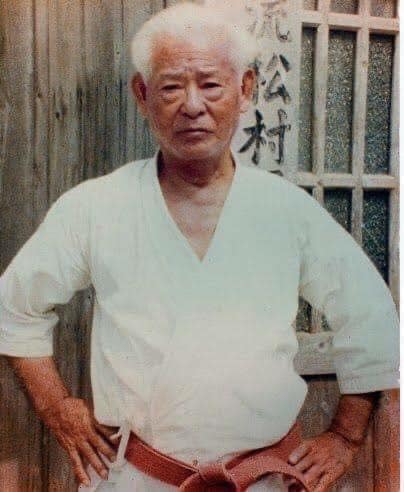
In his martial arts career as a sensei, Nabe had only one student: his nephew, Hohan Sōken. Upon his death in 1930, he passed his Menkyo Kaiden to Hohan Sōken, who continued the Matsumura family tradition by solidifying the Shōrin-ryū style of Matsumura Seito karate-do.[2]
He began karate training at 13 under his uncle. Matsumura taught him several kata, including Naihanchi Shodan, Naihanchi Nidan, Pinan Shodan, Pinan Nidan, Passai Sho, Passai Dai, Chinto, Kusanku, Gojushiho, Sanchin, Rohai Jo, Rohai Chu, Rohai Ge, and finally at age 23, Hakutsuru.[4] Soken has said in interviews that Kusanku is the most important kata to the style.[3]
In 1924, Sōken emigrated to Argentina. While in Argentina, he worked as a photographer and clothes cleaner. He also taught karate to Japanese and Okinawan ex-pats in Buenos Aires.[3] In 1952, he returned to Okinawa and started to teach karate, first to family members. Then he opened a small dojo to the public.[3] At first, he called the style “Matsumura Shuri-te.” But in 1956, changed the name to Matsumura Seito Shōrin-ryū karate.[3][5]
1935-
Fusei Kise
1935-
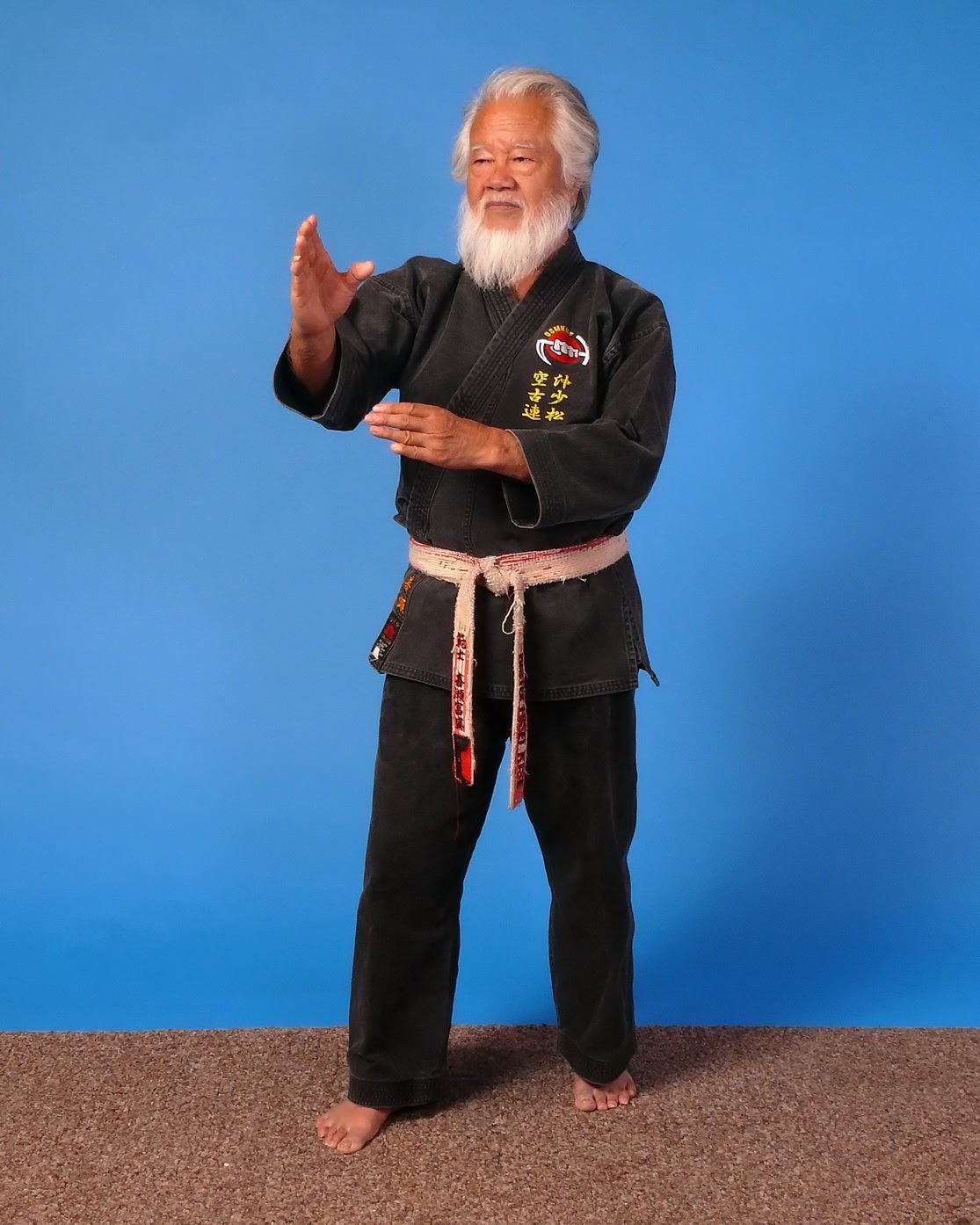
Fusei Kise was born on May 4, 1935. He began his study of karate in 1947 under his uncle, Master Makabe. In 1955, Master Kise became a student to Master Shingake Nobutake and received his shodan. In 1958, Master Kise began studying under Grandmaster Soken Hohan, the third successor of Matsumura Seito Shorin-Ryu karate-do.
He taught and practiced Shorinji-ryu Karate and Okinawan Kempo, and spent several decades focusing on Matsumura Seito under master Soken. In 1977, he split from Master Soken and formed the Kenshinkan.
1939-1993
Richard P. Derheim
1939-1993
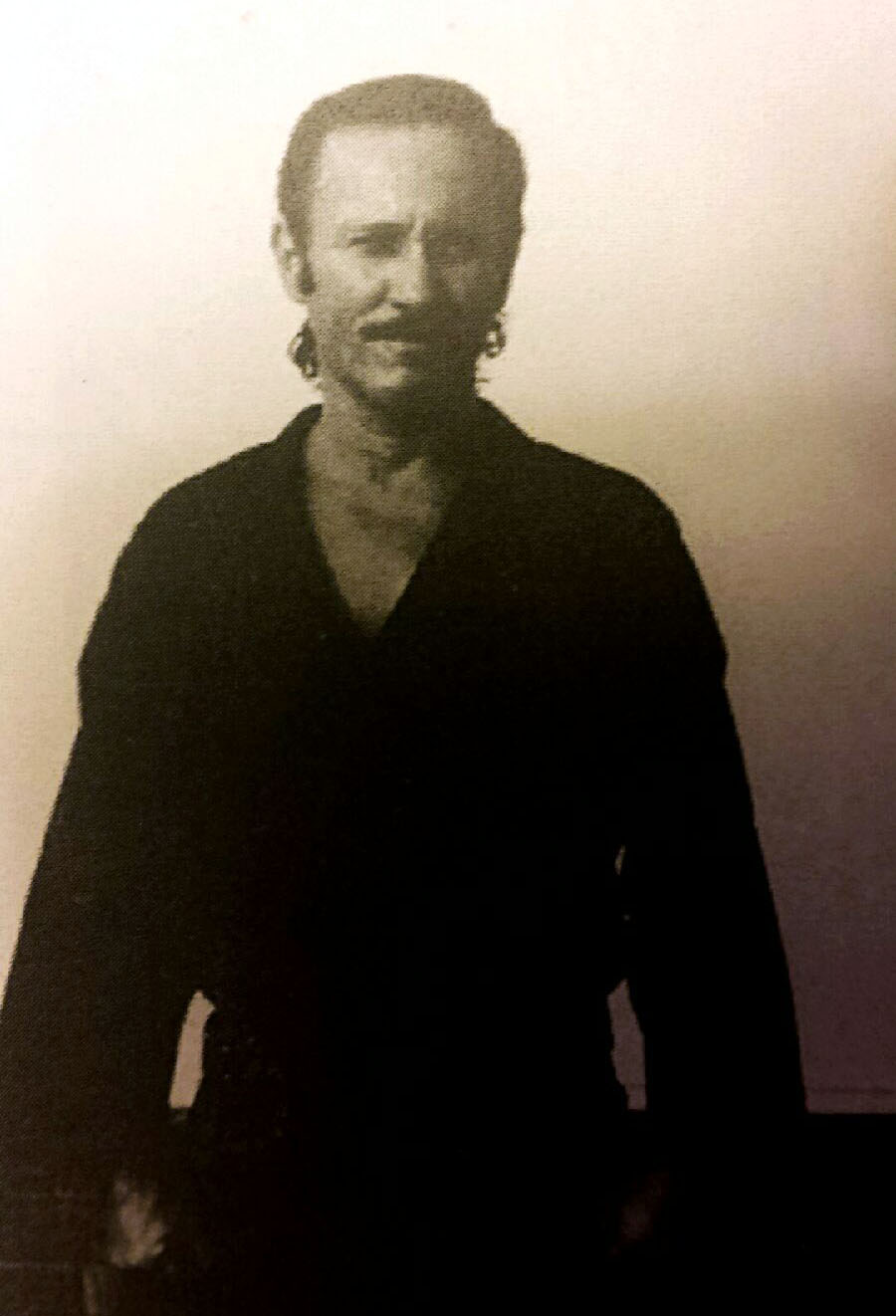
Richard started his Dojo in Oak Park in 1965 and resided off Franklin Blvd. in south Sacramento. His training was from 10 instructors of various disciplines. One from World War II and others from Okinawa. When Richard D. was in Okinawa, he was associated with the U.S. Military. As he trained in formal Okinawa Karate classes, he utilized his acquired knowledge immediately by training U.S. Special Forces participating in the Vietnam War. (Note from editor, S.Noda: “This is interesting to me because as a student of Sensei Gary’s, we practice formal Shorin-Ryu teachings and then apply these techniques in Bunkai practice with partners. This applies to the Katas we learn and practice. That is to say, the entire two hour class has roots in practicality”).
Gary Matsumoto
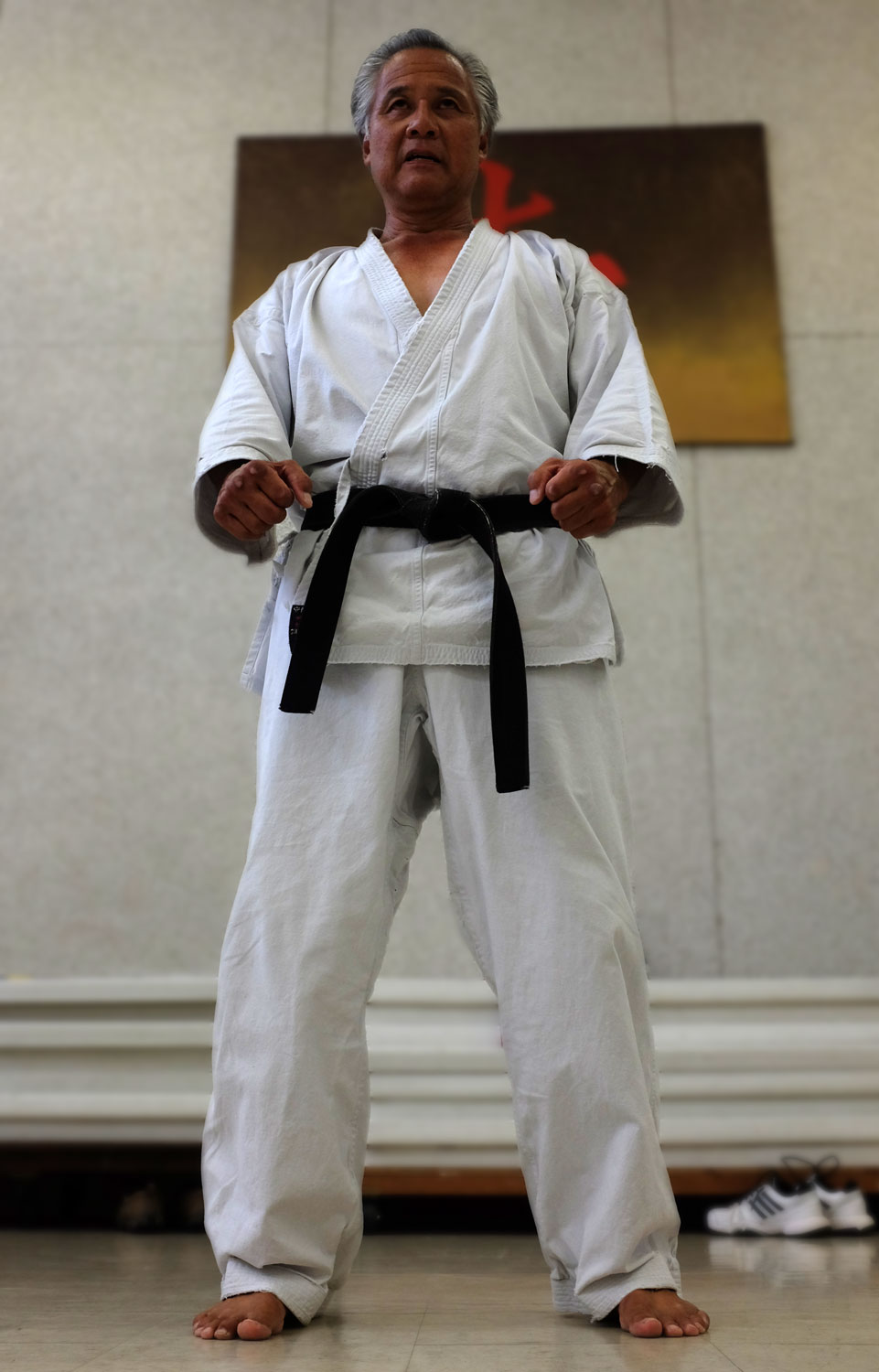
Sensei Gary started training as a teenager under Richard Derheim at his dojo in Sacramento. Since 1977, he and his brother Calvin have run the Karate group at the Koyasan Temple, continuing their training and passing on the knowledge they earned through their hard work under Sensei Derheim.
Historical recollections from David Diego:
Richard started his Dojo in Oak Park in 1965 and resided off Franklin Blvd. in south Sacramento. His training was from 10 instructors of various disciplines. One from World War II and others from Okinawa. When Richard D. was in Okinawa, he was associated with the U.S. Military. As he trained in formal Okinawa Karate classes, he utilized his acquired knowledge immediately by training U.S. Special Forces participating in the Vietnam War.
“this is interesting to me because as students of Sensei Gary’s, we practice formal Shodan-Ryu teachings and then apply these techniques in Bunkai practice with partners. This applies to the Katas we learn and practice. That is to say, the entire two hour class has roots in practicality”. (Opinion of editor – S.Noda)
Additional history and photo of Richard Derheim’s Dojo from 1967
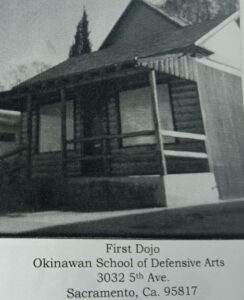
Sensei Richard Derheim’s time in Okinawa was from 1959 to 1966. For 7 years, sensei Derheim trained in Okinawan martial arts. He returned to the states in early 1967. He bought a house next to a friend of mine in 1967 or 68. In 1959, Richard D. was 20 years old. David Deigo’s father was 27 and they both saw the end of the Korean War in 1953.
When I was young he would teach me things he had learned in Okinawa. There was so much variety that he had it broken down in different methods:
-
Some of the methods starting with empty hand fighting without weapon.
-
The next one would be open hand fighting with close fist punching, kicks, elbows, knees, wrist locks arm locks, shoulder locks, knee locks, and ankle locks.
-
Throws and escapes.
-
Knife techniques.
In Weapons training, Sensei Derheim used original Okinawan weapons and he would remind me of some of the influences of the elder Okinawan teachers in the Matsumura system. He told me that the weapons were used for the defense against samurai. Sensei Derheim also learned that his teachers were eyewitnesses of the samurai. Sensei Derheim thought these systems were developed to defend against a swordman.
Letter From Gene Kitade to Sensei Gary Matsumoto about late Richard Derheim
Dated 5-22-2012 Original from G.Kitade on 4-23-10
Hi Gary,
I was sharing with Grandmaster Shin that it was a shame Sensei was not recognized for his art. He agreed and said that he thought something could be done. Enclosed is a certificate for Sense – 8th degree “Honorary Associate Professor”, as founder of the Derheim Method. This has been signed and issued by the same people who signed our certificates. I asked that all of Ricards’s black belts be issued a personal copy of the certificate for their records and lineage information. Enclosed is the certificate for your personal records. Sensei’s certificate is the highest promotion issued by Grandmaster Shin under his lineage. Second being Lenny Ramirez and myself.
Some twenty years ago, Sensei asked be to help revise the boards for testing and categorize his course outline. I did not realize how difficult it would be and the commitment to accomplish this task was at the time. My journey is complete, the requirement boards and course outline are finished. The Derheim Method has been acknowledged by a high level of his peers (Grandmasters), I am so happy for Sensei that this has happened. His method has evolved with the principals of Small Circle Jujitsu, Shorin Ryu Matsumoto Seito and Tai Chi Chuan.
John Snider and myself studied under Sensei from 1975 until he passed on 1993. We took him to the hospital the night before he passed. Both of us received our Shodan in 1982 and promoted to Sandan in 1990 under him. Grandmaster Shin values the teachings of Sensei and I currently teach the Derheim Method at his dojo. I am honored to have demonstrated in front of the board of Grandmasters and honored guests during the promotions last year in recognition of the Derheim Method.
I hope Sensei is proud that his art has continued and evolved as we continue teaching. I know that he was always seeking to gain knowledge.
Regards,
Gene Kitade
Rokudan – Derheim Method
